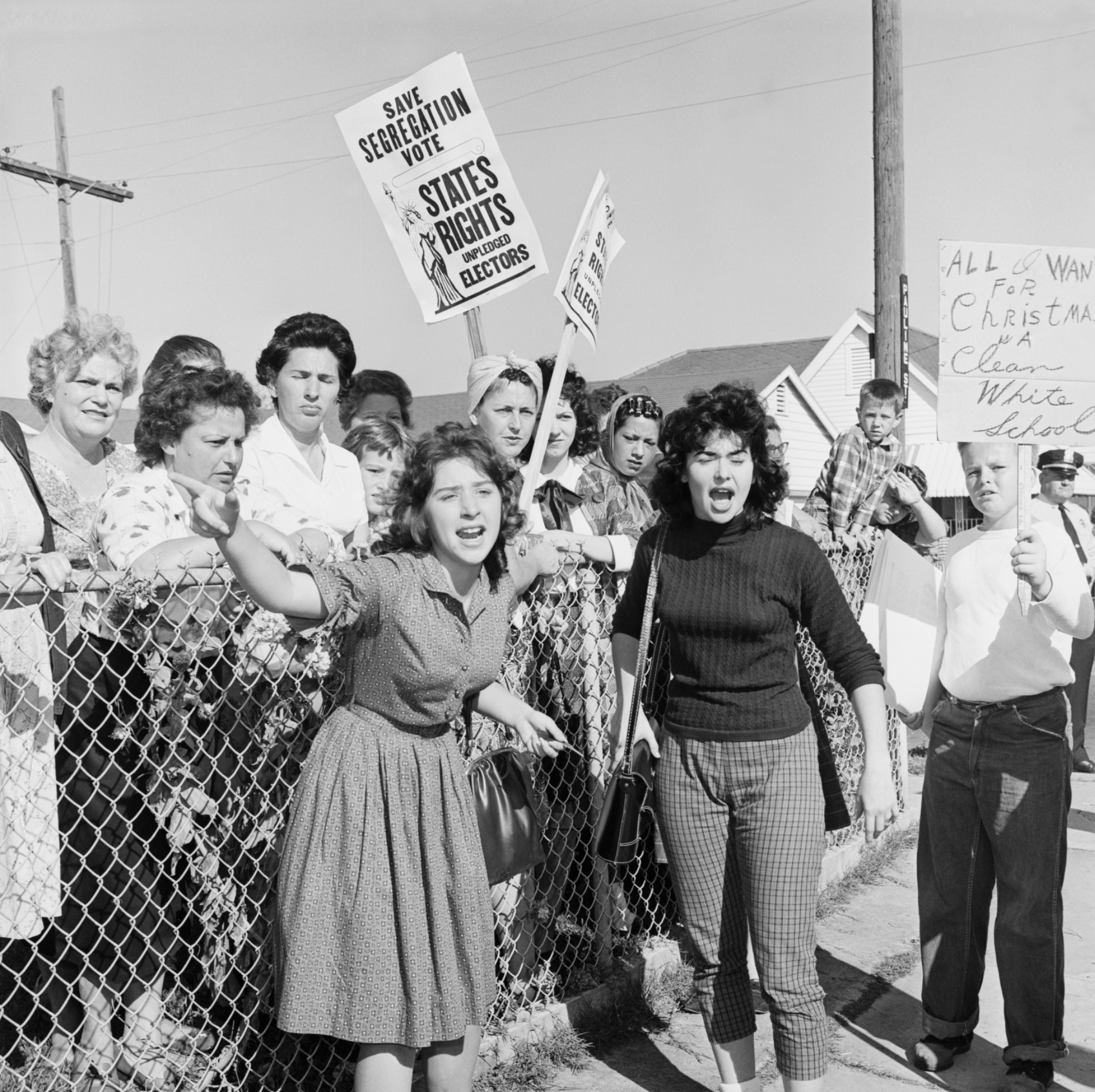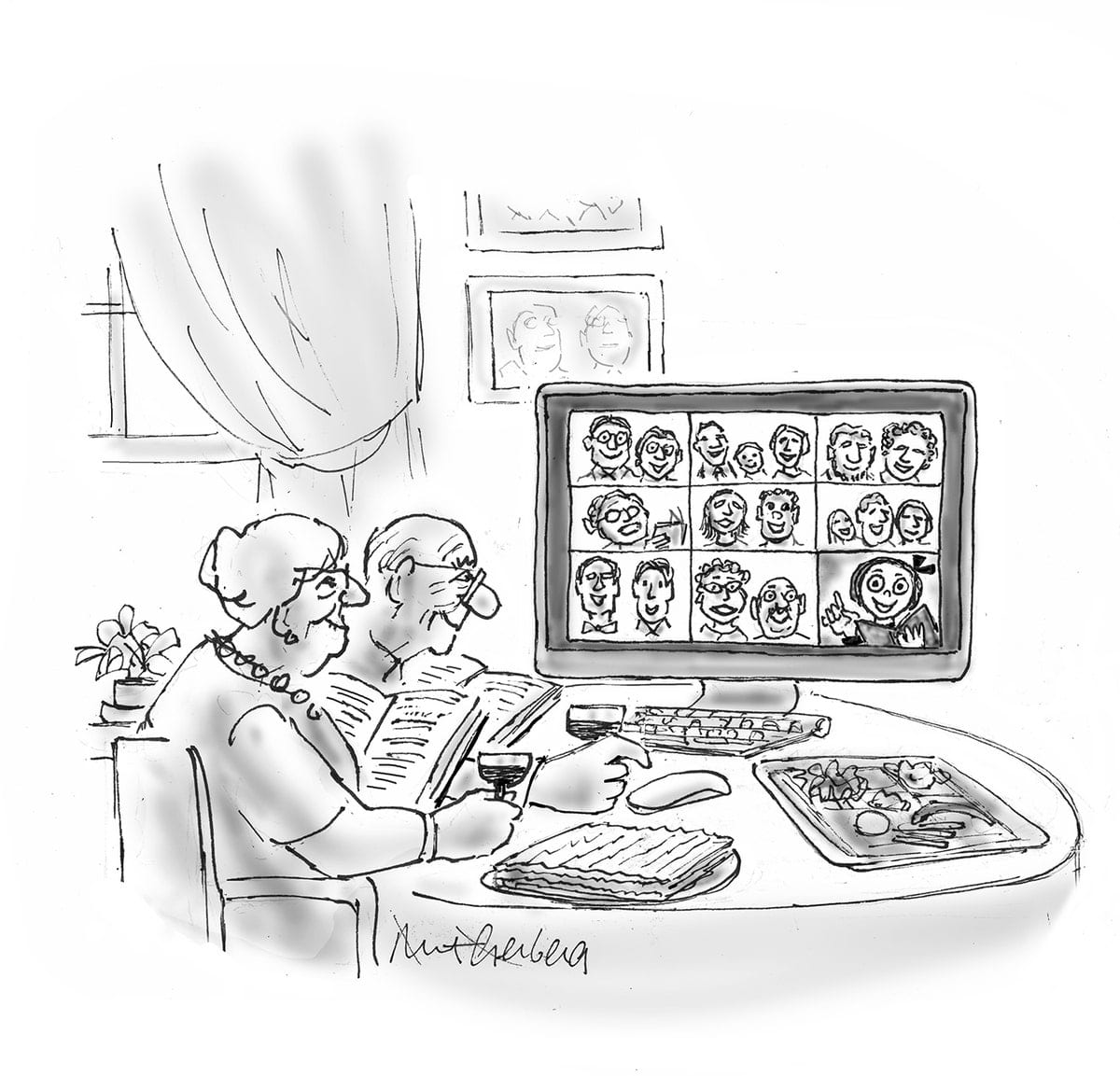Visual Literacy
School librarians everywhere have tirelessly ravaged the internet looking for free ebooks, audible books and pdf’s to support their teachers and curriculum. Teachers and students have spent endless hours online in Google Classrooms, Google Meet, Schoology, Zoom and a myriad of countless other learning management systems (LMS). There has to be a moment in time when we all say. “Enough”, “Shut it down”, “Power off “, “No more”!
So what can we do as parents and teachers who are tired of the endless hours of screen time? Have you ever heard the phrase, “A picture is worth a thousand words“? This adage means that complex and sometimes multiple ideas can be conveyed by a single still image, which conveys its meaning or essence more effectively than a mere verbal description.
Visual literacy is the ability to interpret, negotiate, and make meaning from information presented in the form of an image, extending the meaning of literacy, which commonly signifies interpretation of a written or printed text.
Many social studies teachers rely on the use of a primary source (artifact, document, diary, manuscript, autobiography, recording,image, etc..) in order for students to have a contextual understanding of an event or time under study.
 For example, students can look at pictures (primary resources) of Ruby Bridges and the civil rights movement that help tell the story of what Ruby experienced and some of the ways in which her world was different from or similar to the one we live in today.
For example, students can look at pictures (primary resources) of Ruby Bridges and the civil rights movement that help tell the story of what Ruby experienced and some of the ways in which her world was different from or similar to the one we live in today.
As a society, we are surrounded by images. Break out those photo albums, love letters or print out images on any topic, from the MOMA, the Getty museum, the Library of Congress …gather round and have a discussion about the images … Use this analysis tool from the Library of Congress to guide your family discussion. Submit an artifact drawing using this form!
…or you can give your images captions!
Did you know, each week, The New Yorker magazine provides a cartoon in need of a caption. The reader submits a caption, the magazine chooses three finalists, and the reader can vote for his or her favorite as well. To read the complete rules, click here.

Here is an example, “How would you caption this cartoon from The New Yorker?
Leave your caption in the comment section below.
Click here to see more of The New Yorker magazine’s cartoon humor.

Leave a Reply